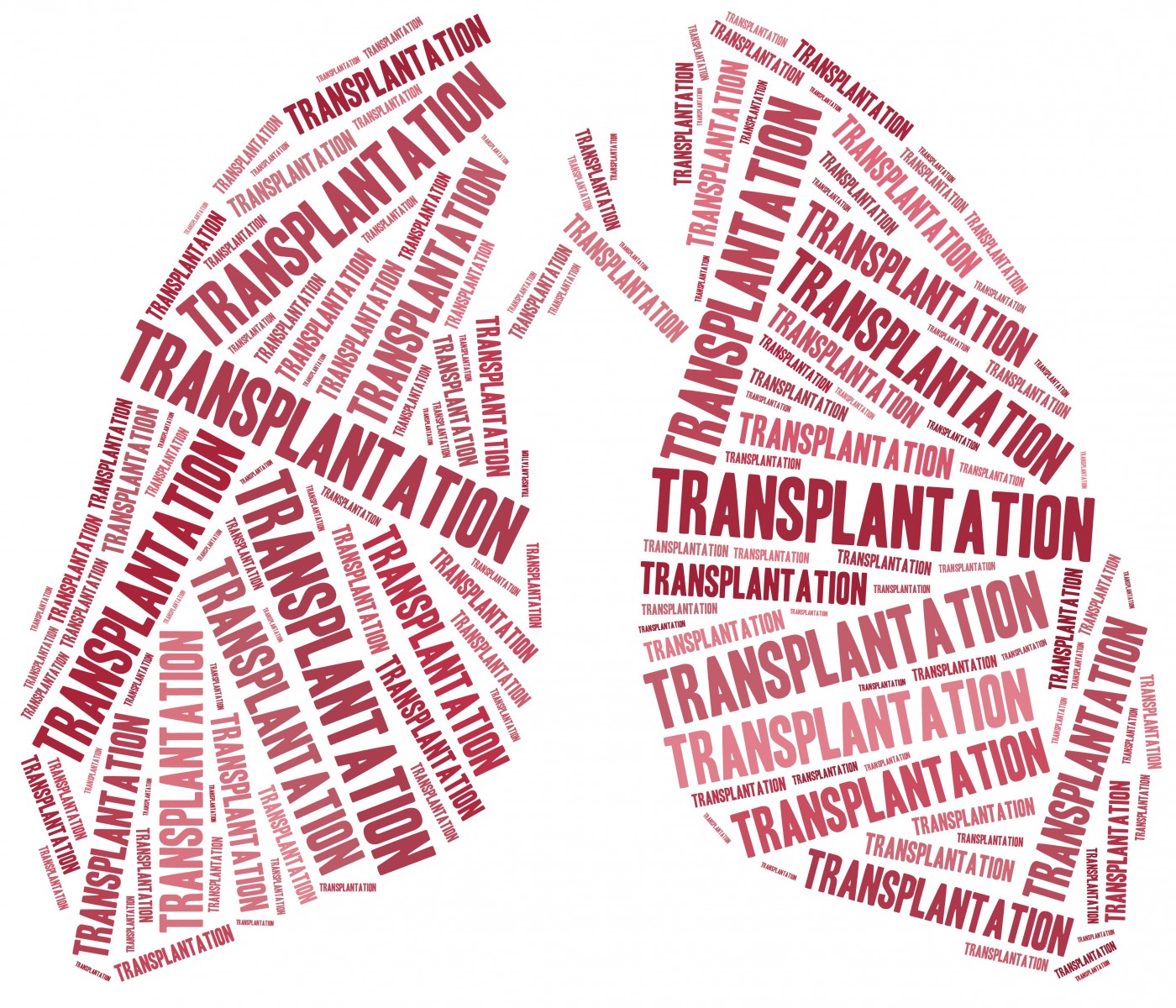Donated Left Lung Can Be Transplanted in Place of Right Lung, IPF Case Study Suggests
Written by |

Surgeons were able to successfully transplant a donor’s left lung into the right side of a patient’s lung cavity, according to a case report of a patient with idiopathic pulmonary fibrosis (IPF) — suggesting that this technique can be used under challenging situations in which donor lungs are not available.
The study reporting the results, titled “Right single lung transplantation using an inverted left donor lung: interposition of pericardial conduit for pulmonary venous anastomosis – a case report,” was published in the journal BMC Pulmonary Medicine.
Several respiratory diseases require patients to undergo lung transplant (LTx). However, lung transplants are limited due to a shortage of suitable donor lungs.
The development of flexible surgical procedures has increased the chances of a patient receiving a lung transplant. Specifically, some patients can be given a left lung that can be transplanted to the right side of their body (in place of their right lung) — a procedure known as single inverted left-to-right LTx.
However, with this surgery comes the need to adjust the donated left lung to match the hilar structures — consisting of the major airway and the blood vessels of the lungs — of a right lung. This is one of the key challenges in an inverted transplant.
In this report, a group of researchers at Okayama University Hospital, in Japan, detailed the case of a successful inverted left-to-right LTx.
A 59-year-old male patient with IPF who had been receiving long-term oxygen therapy was considered for a single lung transplant as the predominant damage was to the patient’s right lung.
The patient’s activity level was severely restricted, and he had been on the waitlist for a new lung for 20 months. Considering his condition and the scarcity of donated organs, the patient was highly unlikely to tolerate any additional waiting time for a donor organ.
When a left lung was offered, the team decided to transplant the left donor lung into the right lung cavity of the patient, as his right lung had significantly more damage than the left lung.
“We chose to leave the left lung with better function, and to transplant the graft into the right thoracic cavity so as to maximize the achievable total lung function,” the researchers wrote.
Adjustments had to be made due to the anterior-posterior position gap of the hilar structures, the complex structures that represent the only site of entrance and exit of each lung, and that are composed mainly of the major bronchi and pulmonary arteries and veins.
After the surgery, the patient was stable and eventually weaned from a mechanical ventilator four days later.
However, he was diagnosed with antibody-mediated rejection (AMR) at 89 and 158 days after the transplant. This led physicians to prescribe several courses of intensive immunosuppressive treatment, which prolonged his hospitalization. The patient was discharged from the hospital six months after the transplant.
Unfortunately, repeated AMR episodes caused the patient to develop pneumonia, and he died 260 days after the surgery.
No evidence of problems with anastomosis (the connection made surgically between adjacent blood vessels) was observed throughout the post-operative time period.
“In the present case, we used an organ with limited availability successfully and effectively by explanting the recipient’s less-functional right lung and transplanting a donor lung from the opposite side (left lung)…, the morphological discrepancy between the inverted left lung graft and the recipient’s right chest cavity posed no problems post-transplantation,” the researchers wrote.
According to the team, such “technique provides the potential benefit of resolving challenging situations in which surgeons must deal with a patient’s urgency, and the logistical limitations of organ allocation.”






